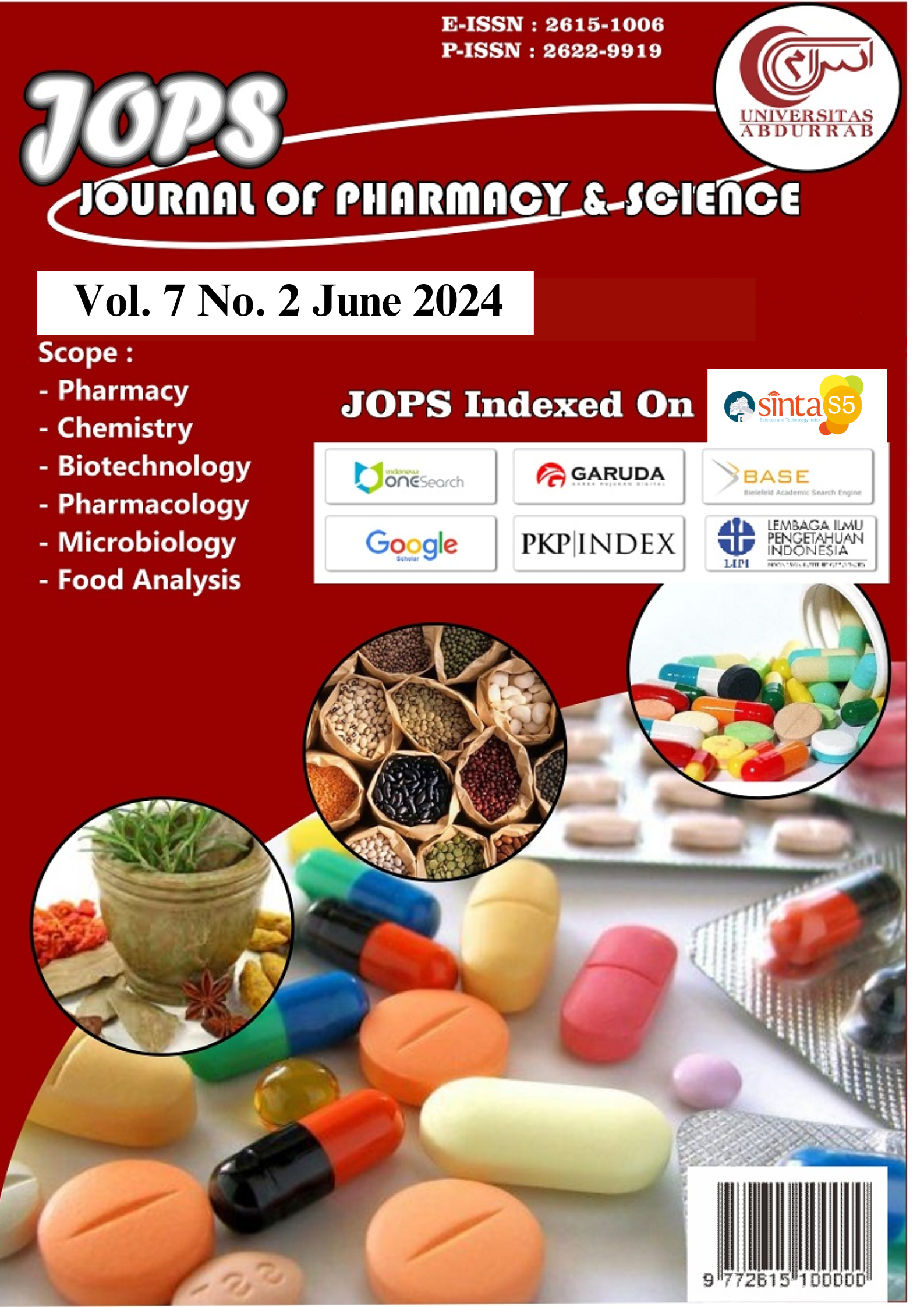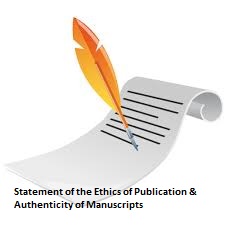Tyrosinase Inhibition and Antioxidant Activity Testing of Mulberry Roots Extract (Morus alba) with Green Extraction Method as Brightening Skin Agent
DOI:
https://doi.org/10.36341/jops.v7i2.4699Keywords:
mulberry, skin brightening, antioxidant, tyrosinase, NADESAbstract
Morus alba (mulberry) root contains a secondary metabolite of oxyresveratrol with its potential skin-brightening activity. The application of the green extraction method using Ultrasonic-Assisted Extraction with Natural Deep Eutectic Solution (NADES-UAE) was developed because of its advantages, namely it can increase extract yields, low toxicity profile, reduce extraction time, shorter extraction stages without evaporation, and can be applied directly in topical preparations for cosmetic products. To ensure the potential for skin-brightening activity, some activity tests on mulberry root extract are needed. The purpose of this study was to determine the in vitro skin-brightening activity of mulberry root extract using NADES-UAE method. The method used was an in vitro tyrosinase enzyme inhibition test using a microplate reader and an antioxidant activity test using the DPPH method. The IC50 value of the best mulberry root extract (glycerin: urea 1:3 for 15 minutes) showed tyrosinase inhibition activity was 178.43 μg/mL. While the IC50 value in the best antioxidant activity test was 1392.14 μg/mL. Tyrosinase inhibitory and antioxidant activities in three samples showed the best results having the highest oxyresveratrol content. NADES-UAE mulberry root extract has the potential as a cosmetic preparation for skin lightening and has antioxidant effects for skin health.
Downloads
Downloads
Published
How to Cite
Issue
Section
License
1. Copyright of all journal manuscripts is held by the JOPS (Journal Of Pharmacy and Science)
2. Formal legal provisions to access digital articles of electronic journal are subject to the provision of the Creative Commons Attribution-ShareAlike license (CC BY-NC-SA), which means that JOPS (Journal Of Pharmacy and Science) is rightful to keep, transfer media/format, manage in the form of databases, maintain, and publish articles.
3. Published manuscripts both printed and electronic are open access for educational, research, and library purposes. Additiponally, the editorial board is not responsible for any violations of copyright law.
licensed under a Creative Commons Attribution-ShareAlike 4.0 International License.










